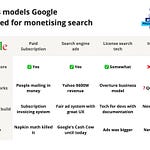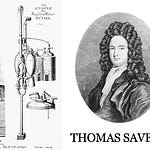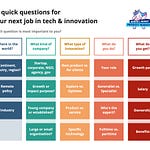In this article:
What is a brochure test?
Why not a landing page?
When to do a brochure test?
The Brochure Test Guide (4 steps)
Do’s, don’ts and extra tips
What is a brochure test?
A brochure test is a low-fidelity experiment. You make a brochure/flyer and bring that to an interview. By letting your interviewees respond to your ideas, you will learn more than just interviewing.
Why brochure test, and not landing page?
Brochures are created faster (first-time founders can do it in ±1 hour), so this allows for quicker iterations
Focus on content and language rather than technology
Weeds out the bad ideas for landing page design
Brochures force you to be brief
They do not need to be pretty (see below)
When to brochure test
You are not learning anything new in problem interviews
It’s too early to start building an MVP
Before you build a landing page
You know what you want to learn












